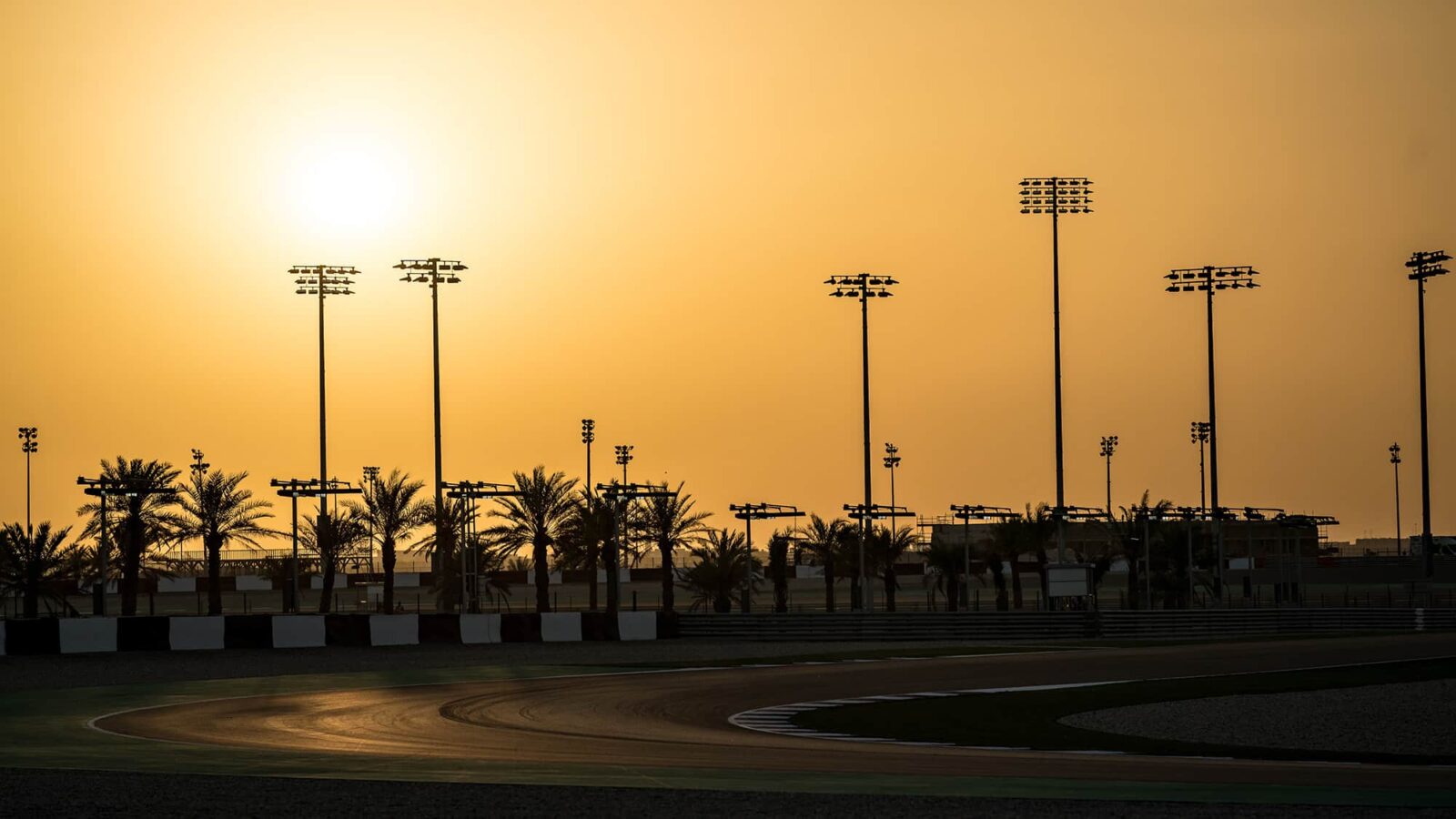It's now normal to hold F1 races where basic freedoms are denied — The Editor
“The Middle East races have cast a shadow over this most glittering of F1 seasons”

Losail is the latest Middle East circuit to be added to the F1 calendar
Steve Wobser/Getty Images
The news that the last three races of 2021 will be played out on circuits in the Middle East has cast a shadow over this most glittering of Formula 1 seasons. Last month it was confirmed that Qatar will stage its first grand prix later in November, filling the slot left by the cancellation of the Australia GP. It will be followed by GPs in Saudi Arabia on December 5 and the season finale in Abu Dhabi on December 12.
The 2021 Qatar race is a precursor to 2023 when the emirate will start a 10-year run of hosting grands prix. Motor Sport has written before about the stain of sportswashing on F1. But the argument against hosting races in countries with appalling human rights records and where basic freedoms are denied citizens does not lose weight because it has been heard before. The danger for F1 is that hosting an increasing number of races in such counties normalises the practice to the extent that barely an eyebrow is raised. For a sport that is one of the few truly global sports and the lodestar for all forms of motor racing that is a dangerous place to be.
In fact, only muted dissent accompanied the Qatar announcement –a country which Amnesty International describes has having an “extremely troubling” record on, among other things, migrant workers. It urged F1 to “insist all contracts pertaining to this race contain stringent labour standards across all supply chains”. Stefano Domenicali, the CEO of F1, responded by insisting that F1 could be a force for good in the region.
But compare that to the backlash faced by Newcastle United in October when the club was sold to Saudi Arabia’s sovereign wealth fund. The move prompted acres of newspaper moralising, late night debates and questions in Parliament. If F1 has reached the stage where putting on races in states with troubling regimes is regarded as normal and not worthy of serious debate, then its own moral legitimacy must be called into question.
Shortly after the Qatar announcement the FIA published its 2022 calendar. The record 23-race season kicks off in Bahrain, a country with no free press whose record on human rights is described as “dismal”, followed by round two in Saudi Arabia.
The irony is that F1 has proved how to expand the calendar without legitimising questionable regimes: by resurrecting historic circuits with a local population of fans such as Zandvoort. It should refocus on doing more of that as a matter of urgency.
To update Roy Salvadori for these Covid affected times: “Give me Goodwood on an autumn day…” The 78th Members’ Meeting took place in mid-October amid the burnt-orange and red leaves of the South Downs after being moved from its traditional springtime slot on account of the pandemic.
The last time I was at the Members’ Meeting I recall vividly watching F5000 cars slalom along the track in the middle of a March snow shower. A mild October was infinitely preferable – and the cars weren’t bad either.
Despite the dozens of historic machines on display the largest crowd seemed to congregate around Gordon Murray’s new T.50 which was making its debut on track, driven by Dario Franchitti and proving that the designer still has a hold on us even after all these years. But the highlight was seeing Ayrton Senna’s McLaren MP4/6 from 1991 running again and being driven by his nephew Bruno. To me, the passing of time was as clear as the falling leaves.
Goodwood was proof of the thriving ecosystem of historic racing and classic cars that we have in this country. The previous week I had attended the October Scramble –a wonderfully informal gathering of enthusiasts. It took place at Bicester Heritage, the old Oxfordshire RAF base which is rapidly becoming a kind of car culture campus with a start-up atmosphere and optimism at odds with the prevailing mood music around internal combustion engines. We interviewed the man behind the venture, Dan Geoghegan, in the July issue last year. Judging by the pace of change and plans afoot at Bicester, we will need to revisit it sooner rather than later.
A place where like-minded men and women can swap ideas and share insight across different disciplines is a powerful driver of innovation. This was brought home to me once again after a flying visit to Brooklands in Surrey. The site is famous to us as the first purpose-built racing circuit, which in 1926 hosted the first grand prix in Britain and became the fulcrum of motor racing in this country. Indeed, Motor Sport still incorporates The Brooklands Gazette all these years later. But the truth is that the place is just as significant for its aeronautical history – birthplace of the Wellington bomber and home to that great innovator Barnes Wallis.
As the museum’s current director Tamalie Newbery mused over coffee in the room that was once Wallis’s study, Brooklands, which pioneered so much, was also one of the first campuses where different engineering disciplines cross-pollinated.
Newbery has big plans for Brooklands including attracting forward-looking companies working on cutting-edge technology to the site to avoid the place becoming simply a relic. The museum has had a torrid year with Covid and has survived in no small part thanks to the efforts of hundreds of volunteers who have given their enthusiasm and expertise. F1 could learn much from such values and fortitude.

Joe Dunn, editor
Follow Joe on Twitter @joedunn90

